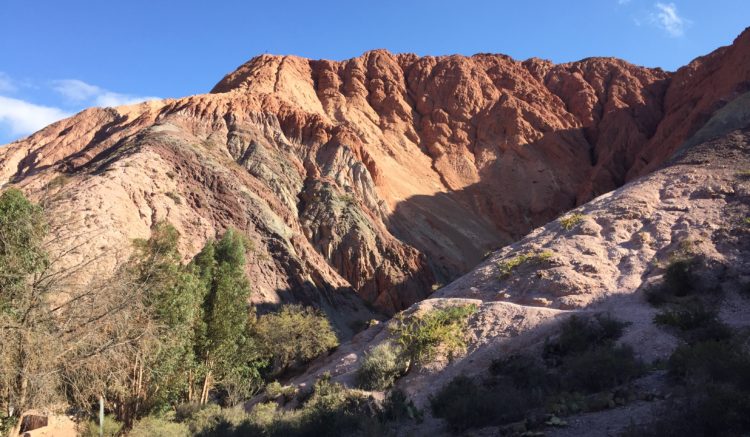Our last stop in Argentina before heading deeper into the Andes was the 304km bus journey to Salta, the capital of the northwest, known for its well-preserved colonial architecture and its proximity to some of Argentina’s most breathtaking landscapes. Salta is a blend of Andean tradition and Argentine culture, making it an intriguing city to explore. The city is also a convenient base for discovering the surrounding countryside, where the Andes Mountains rise dramatically in the distance, meeting the arid Argentine plains. For our time in Salta we stayed in a well equipped AirBNB.
Geography and Climate
Salta, located in the northwest of Argentina, sits at the foothills of the Andes at an altitude of around 1,200 metres. The geography here is diverse, ranging from lush valleys and vineyards to the towering mountains that form part of the Andean range. The region is characterised by a semi-arid climate, with hot, dry summers and cooler winters. The surrounding countryside is a patchwork of striking landscapes, from the fertile Lerma Valley (Valle de Lerma) to the stark desert-like areas near the Andes. The climate is ideal for agriculture, particularly vineyards that produce some of the country’s finest wines, notably Torrontés.
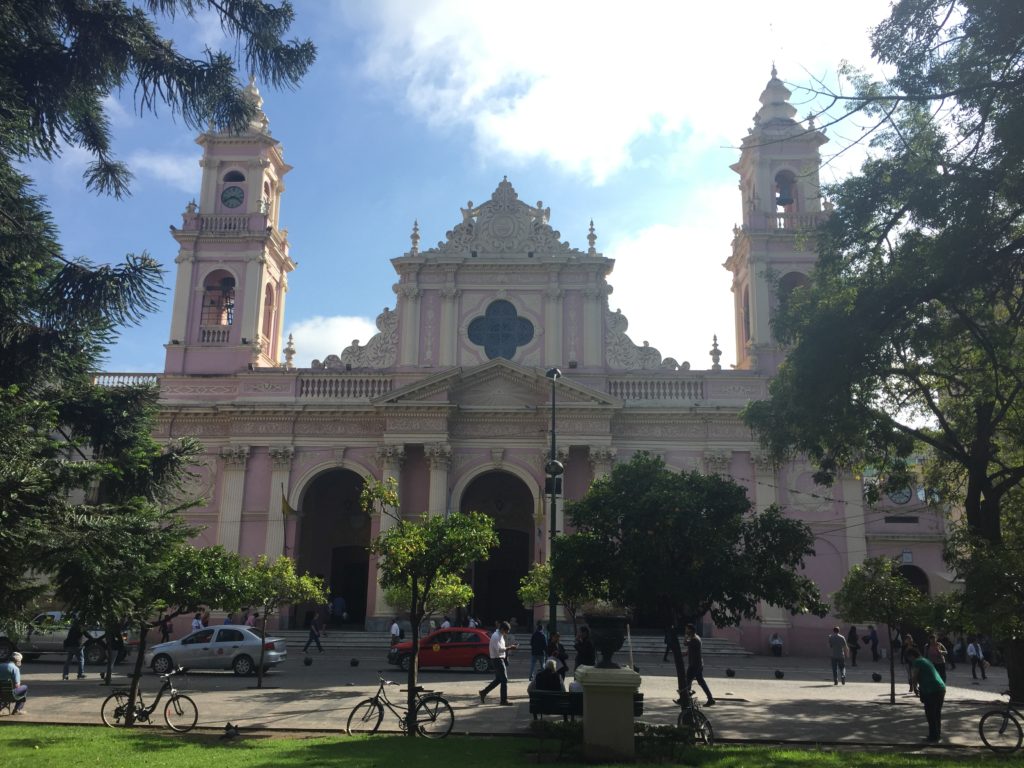
History and Culture
Founded in 1582, Salta was an important colonial city during the Spanish conquest, and much of its architecture reflects this rich past. Over the centuries, the city became a crucial trading hub between the viceroyalties of Peru and the Rio de la Plata, facilitating the movement of goods and culture between the regions. Salta’s mix of Andean and Spanish influences can be seen in its cuisine, festivals, and even the music and dance traditions, such as the popular zamba and cueca. The city today thrives as a cultural centre that blends Argentina’s gaucho traditions with indigenous Andean heritage.
Economy
Economically, Salta has developed around agriculture, mining, and tourism. In addition to its famous wine industry, the region is rich in tobacco and sugar plantations. Mining, particularly of lithium, copper, and other minerals, plays a crucial role in the province’s economy. The tourism industry is driven by the natural beauty of the surrounding area, colonial heritage, and cultural festivals. Many visitors are drawn to Salta not just for the city itself but for its proximity to UNESCO sites and the spectacular Andean landscapes.
Local Products, Food, and Drink
Salta is known for its traditional Argentine fare with a distinct Andean influence. One of the local delicacies is empanadas salteñas, stuffed pastries filled with minced meat, potato, and spices. The province is also known for its Torrontés wine, which thrives in the dry, high-altitude vineyards. The wine has a fruity, aromatic quality that pairs well with local dishes such as grilled meats and hearty stews. Other local drinks include mate, a traditional herbal infusion, and chicha, a fermented maize drink common in Andean culture.
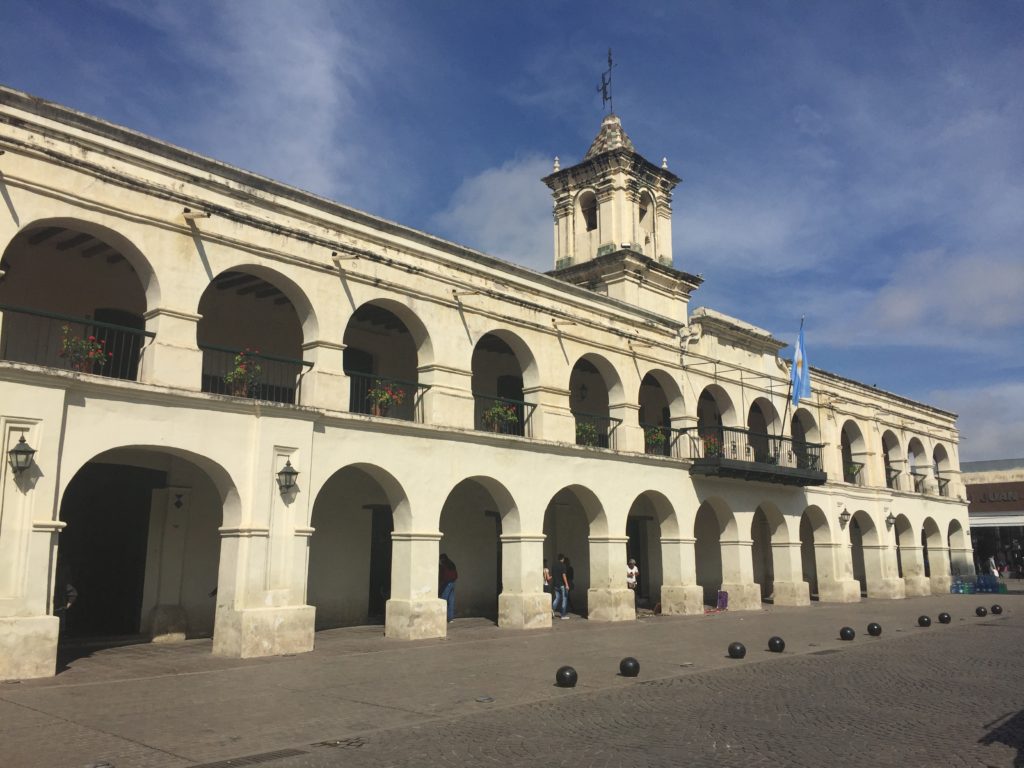
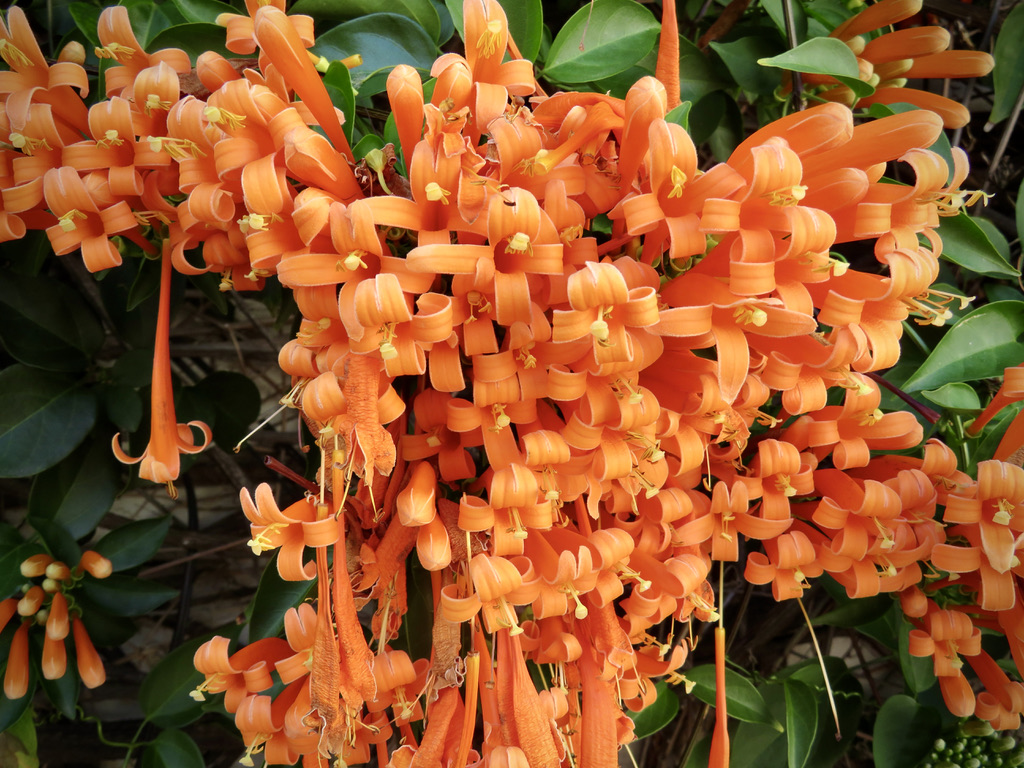
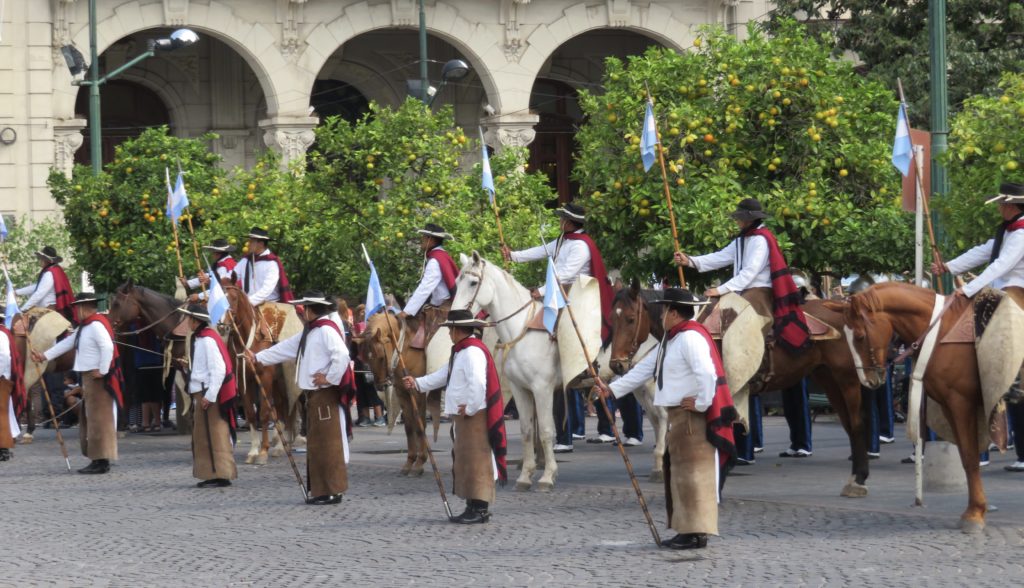
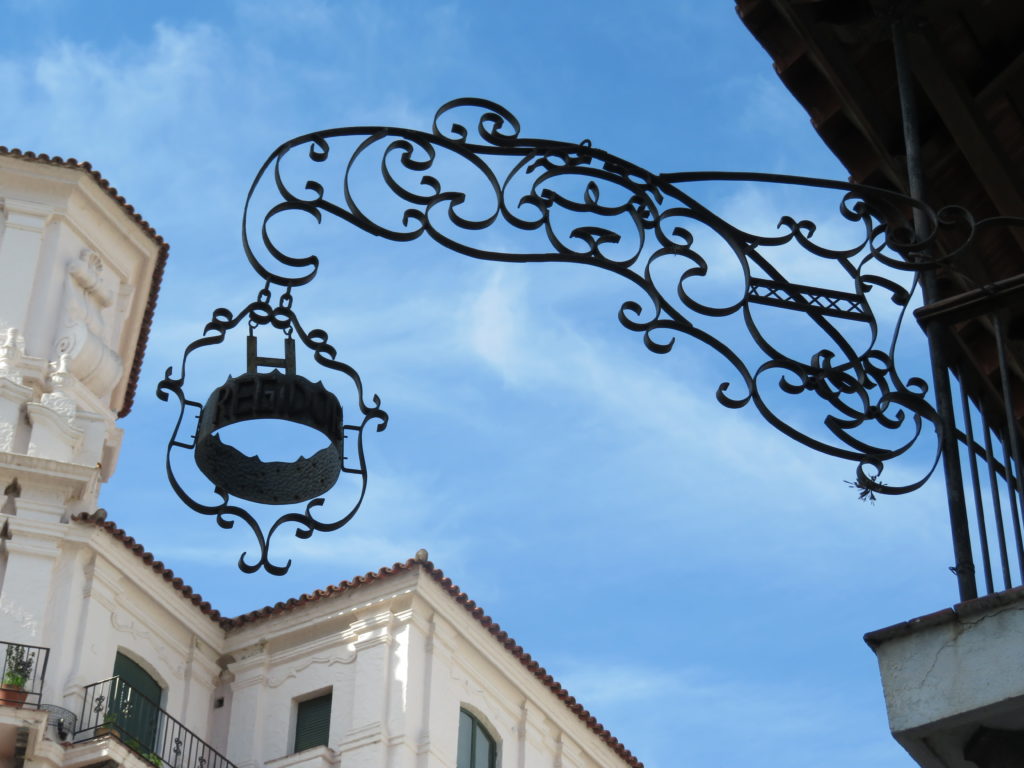
Principal Sites
The heart of Salta is Plaza 9 de Julio, a harmonious square encircled by arcades and colonial buildings, well-manicured gardens are filled with palm trees and fountains, offering locals and visitors a peaceful respite from the midday sun. The surrounding arcades, adorned with cafés and shops, provide a perfect spot to enjoy a traditional coffee or mate while taking in the colonial charm of the city. The square is named after Argentina’s Independence Day, and it reflects the deep historical ties to the country’s fight for freedom, making it a symbolic space for the people of Salta.
On the north side of the square stands the Cathedral of Salta, a beautiful cream-coloured building that appears to glow pink in the sunlight. Salta’s Cathedral, with its Italianate architecture, is one of the city’s most striking landmarks. Its light pink and cream façade reflects the sun beautifully and is further enhanced by its elegant towers and intricate carvings. Inside, the high altar is an impressive sight, surrounded by religious statues and fine detailing, making it a place of quiet contemplation and grandeur. It houses the remains of General Martín Miguel de Güemes, a national hero, and is a key site of pilgrimage during the Fiesta de San Ramón Nonato in August.
Opposite the cathedral is the Cabildo, a historic colonial building with a museum (Museo Histórico del Norte) inside, showcasing artefacts from Salta’s colonial past. We were fortunate to witness a re-enactment of a colonial ceremony on Sunday 29th April 2018. Complete with horses, soldiers dressed in period uniforms, and a band, the event brought the city’s rich history to life in a vivid display.





Salta’s other must-see is the Museo de Arqueología de Alta Montaña (MAAM), which houses the famous Llullaillaco Children. These naturally mummified Inca children, found atop Volcán Llullaillaco, offer a haunting glimpse into the Inca practice of human sacrifice. Their display in glass cabinets is both captivating and unsettling, as they appear perfectly preserved after centuries on the icy mountaintop.
Cable Car and Views of the City
For panoramic views of Salta and its surrounding landscapes, the Teleférico San Bernardo (San Bernardo Cable Car) offers a serene ascent to the top of Cerro San Bernardo, which stands 1,482 metres above sea level. The cable car departs from the lower station near the Güemes monument and provides spectacular views of the city below, the Lerma Valley, and the distant Andean foothills. At the summit, visitors are treated to landscaped gardens, a cascading artificial waterfall, and a peaceful atmosphere ideal for reflection. The peak also has several lookouts that provide different perspectives on the city, with information boards detailing the region’s geography and landmarks. For those who prefer hiking, a set of stairs with 1,021 steps also leads to the top, often used by locals for exercise.





Bars, Live Music, and Peña
Salta comes alive in the evenings, particularly in the northern part of the city, where bars and live music venues abound. The cultural highlight of the city’s nightlife is the peñas—traditional folk music and dance gatherings that draw on both Andean and gaucho roots. The musicians and dancers perform while guests enjoy local dishes such as empanadas and locro (a hearty stew).
We visited Peña Boliche Balderrama, one of the most iconic peñas, where locals and tourists alike can experience the authentic sounds of Salteño folk music. The lively performances and communal dancing create a truly unique atmosphere, reflecting the deep-rooted traditions of the region. For those seeking a quieter experience, Peña La Casona del Molinooffers a more laid-back vibe, with smaller, more intimate performances.
In addition to peñas, Salta is home to a thriving bar scene, with many establishments offering live music from various genres, ranging from local folk to rock and jazz. The atmosphere is lively, and Salta’s bars are a great place to meet locals and engage with the region’s artistic community.
Beyond Salta: Salinas Grandes and Purmamarca
The surrounding countryside offers some of the most spectacular scenery in Argentina. Located beyond the small town of San Antonio de los Cobres, the Salinas Grandes are Argentina’s largest salt flats. They stretch across the high-altitude plateau at around 3,500 metres and provide a breathtaking contrast between the white salt crust and the intense blue sky. These salt flats, although smaller than the famous Salar de Uyuni in Bolivia, still offer an incredible visual spectacle, and visitors can walk across the dazzling expanse. The flats are actively mined for salt, and the buildings in the area are constructed from salt blocks—a unique and fascinating use of local materials.





Another unmissable destination is the Quebrada de Humahuaca and the small town of Purmamarca, a UNESCO World Heritage Site, recognised for both its geological significance and its role as a major pre-Columbian trade route. The multicoloured hills that surround Purmamarca, particularly the famous Cerro de los Siete Colores (Hill of Seven Colours), offer a postcard-perfect backdrop to this charming village. The vibrant craft market in the main square adds to the appeal, offering visitors the chance to purchase local textiles, pottery, and other handcrafted goods.




For an unforgettable journey, the Tren a las Nubes (Train to the Clouds) follows the Quebrada del Toro valley, climbing high into the Andes. The railway’s most impressive feature is the La Polvorilla viaduct, which spans across the valley like a miniature version of the Forth Rail Bridge, towering above the landscape. Though the train itself is often in a state of disrepair, the route is nonetheless spectacular, winding through tunnels and over viaducts to reach the small town of San Antonio de los Cobres at 3,775 metres above sea level. At the time of our visit the train wasn’t operating but we followed the route by bus and the whole valley is spectacular.
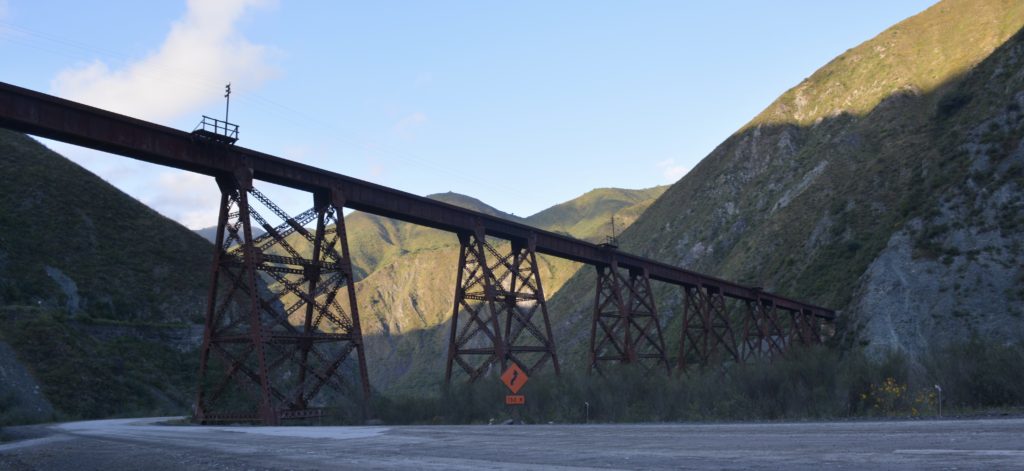
Final Thoughts
Salta is a destination that brings together the best of Argentina’s colonial history, Andean culture, and natural beauty. Whether exploring its charming plazas, learning about ancient Incan rituals, or journeying through the Andes, Salta offers visitors a unique blend of adventure and cultural exploration. Its position as a hub for trips into the surrounding mountains and salt flats makes it an ideal stop for those heading into the high Andes.
Dates: 26/04/2018 to 01/05/2018
